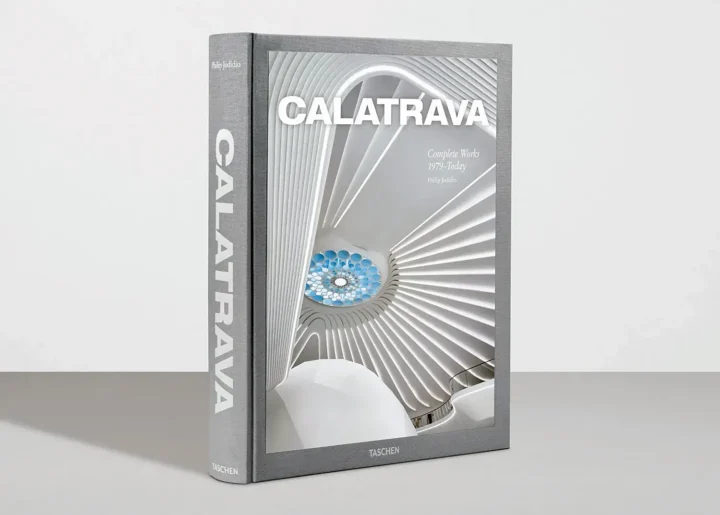Porcelain is more than just tableware. It is an art form that has fascinated and delighted people for centuries. Especially in Denmark, porcelain has a long and rich tradition that is closely linked to the country’s history and identity. One of the most famous and renowned porcelain manufactories in the world is Royal Copenhagen, which has been producing high-quality and artistic porcelain since 1775.
Royal Copenhagen was founded by King Christian VII, who was a great admirer of Chinese porcelain, which was considered very precious and exotic at the time. He commissioned the apothecary Frantz Heinrich Müller to research and find out the secret of porcelain production. After many attempts, Müller succeeded in producing the first Danish hard porcelain, which was distinguished by its high quality and fine luster.
The king was so delighted with the result that he granted Müller the privilege of producing the only porcelain in Denmark for 50 years. He also gave him the right to mark his products with the royal coat of arms, which consists of three blue waves. This symbol remains the trademark of Royal Copenhagen to this day, representing its connection with the sea and the Danish royal family.
The Royal Copenhagen porcelain manufactory quickly developed into a flourishing business, supplying not only the court but also the wealthy middle classes with its fine tableware. The manufactory employed many talented artists and craftsmen who were responsible for designing and painting the porcelain pieces. Each piece was unique, made with great attention to detail.
One of the most famous and popular products of Royal Copenhagen is the Flora Danica service, which was created between 1790 and 1802. It is a magnificent dinnerware decorated with lifelike images of Danish plants. The service was originally made as a gift for Russian Tsar Paul I, but he died before it was completed. The service therefore remained in Denmark and became the pride of the royal collection.
Another famous Royal Copenhagen product is the Musselmalet service, which has been produced since 1775. It is the oldest service of the manufactory and is characterized by its classic design of blue flowers and vines on a white background. The service is still a bestseller today and is offered in different variations.
Throughout its history, Royal Copenhagen has created many other products that are both traditional and innovative. These include figurines, vases, bowls, lamps and much more. The manufactory has also collaborated with various artists and designers who have added their own signature to the porcelain.
Today, Royal Copenhagen is a world-renowned brand that stands for its high quality, artistic standards and timeless style. The manufactory is still based in Copenhagen, where it also operates a museum that displays the history and products of Royal Copenhagen.
Another highlight of Royal Copenhagen are the Christmas plates, which have been released every year since 1908. The Christmas plates feature various motifs from the Danish Christmas tradition, such as churches, angels or sleigh rides. They are not only beautiful decorative objects, but also sought-after collectibles. Each plate is numbered and signed and is only produced in the year it was designed.
Royal Copenhagen is more than just a porcelain manufacturer. It is a piece of Danish history and culture that continues to this day. Royal Copenhagen products are a testament to high quality and a unique style that combines tradition and innovation. They are not only practical and beautiful, but also full of meaning and emotion.


